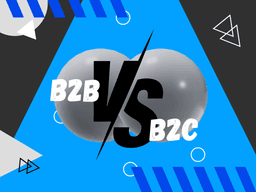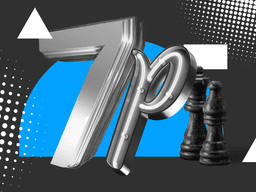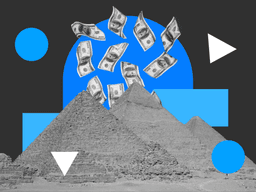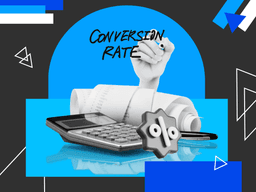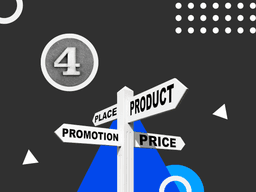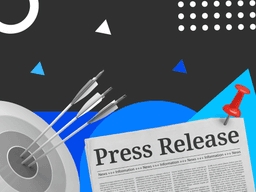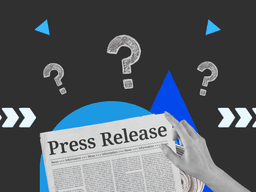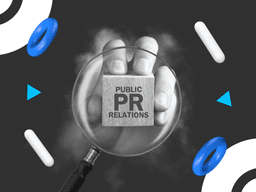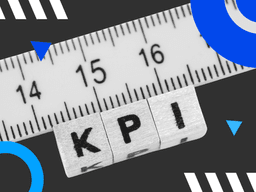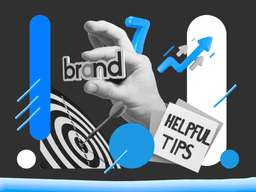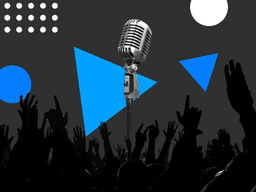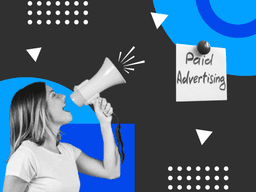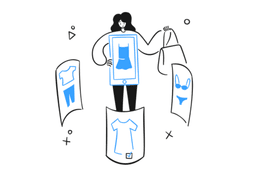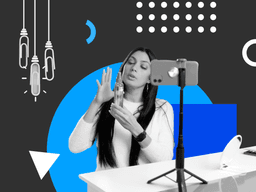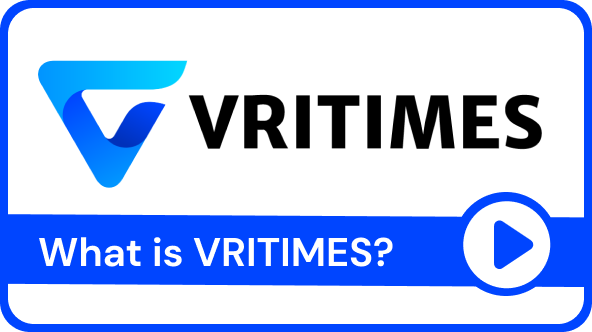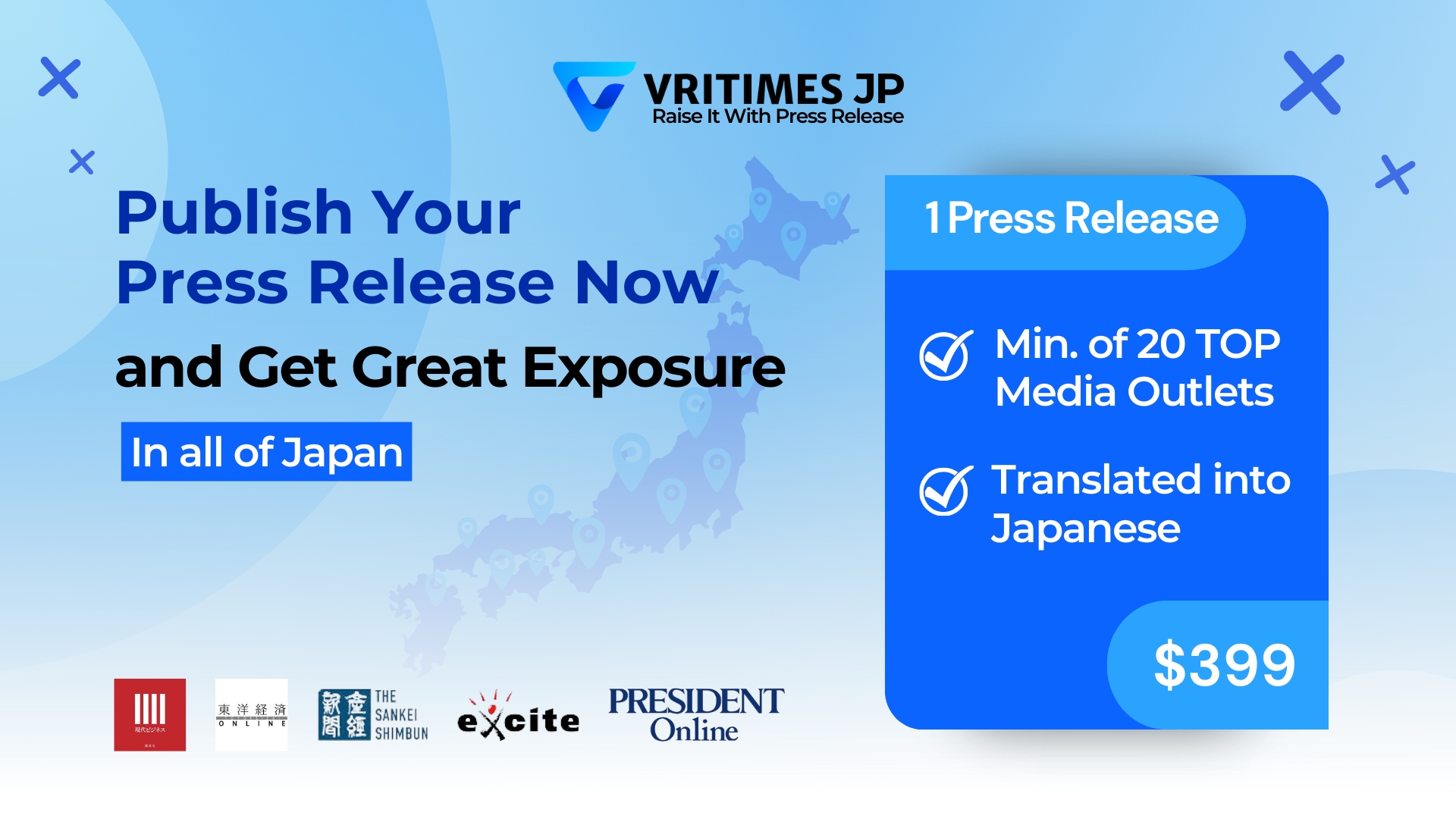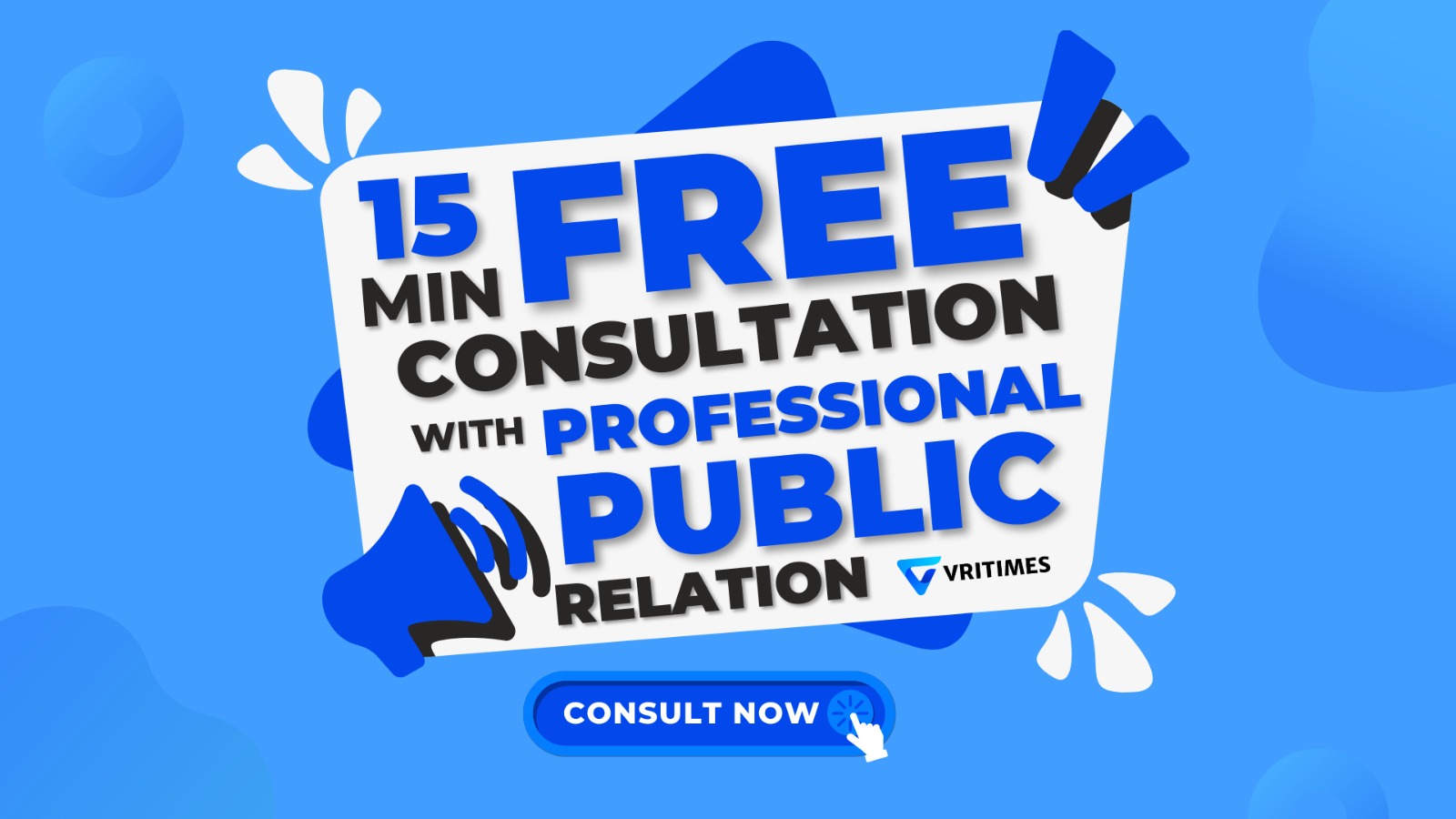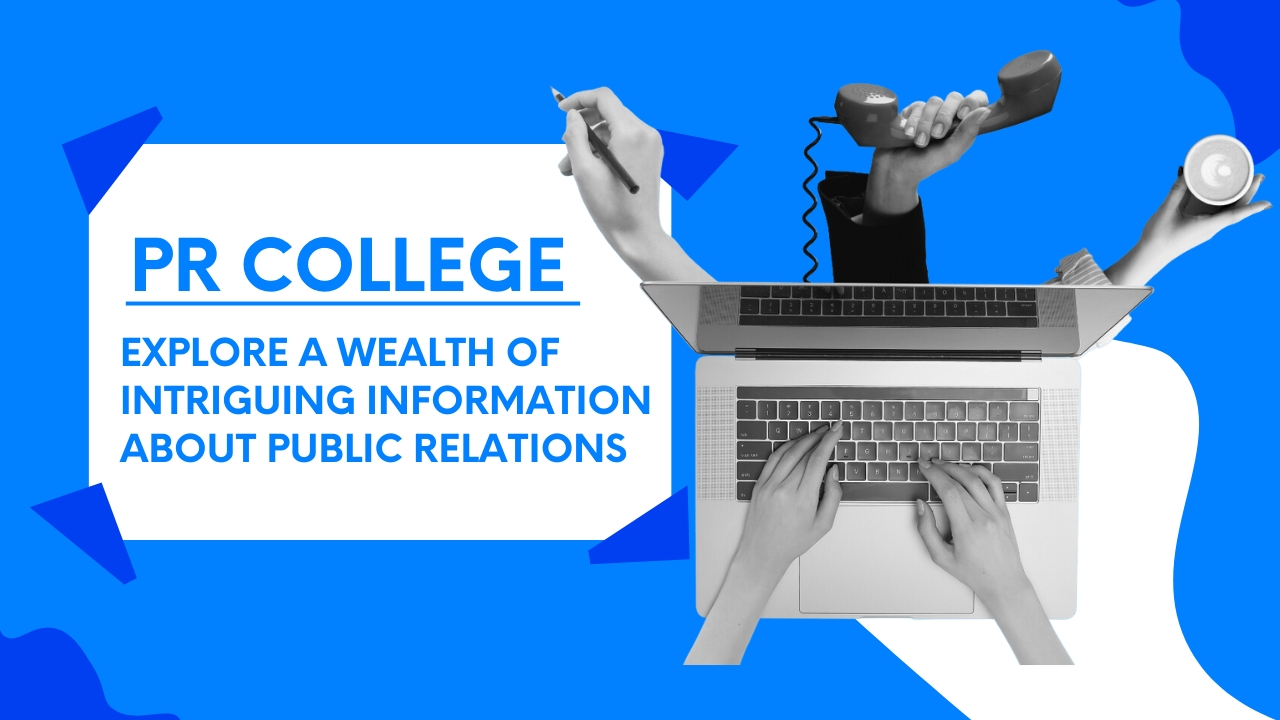/ Press Release Structure for Beginners
Press Release Structure for Beginners

Since a press release can increase brand exposure, it needs to be written clearly and creatively. However, the writer still needs to follow the structure of a press release in order to get the media's attention and eventually get published.
For layout, use 1-inch margins around the entire document and single-spaced for your body paragraphs. Then use a standard business font such as Cambria, Arial and Georgia. The length should be 400-500 words.
Press Release Structure
Once the layout is set, follow the release structure below.
1. Logo
A press release is designed to increase brand exposure. Therefore, placing your logo at the top right of the press release is a must. The logo is the most memorable brand visual. When someone sees your logo, it will immediately remind them of your brand.
Since you will likely be sending it via email, attach a web-friendly version of your logo or include a link to any multimedia assets related to your release below the boilerplate. This will allow journalists to include it on their page.
2. Contact Information
Add your contact information below the logo, including the name of the person in charge (PIC), phone number and email address.
This way, journalists can easily reach the PIC if they need more multimedia or further explanation of your release.
3. Release Date
The release date tells journalists when you want the release to go live. Include the specific date and time in the upper left corner in bold and all caps.
If you want the release to go out immediately, write 'FOR IMMEDIATE RELEASE' instead of a specific date. Alternatively, if you want journalists to hold your release for future releases, write 'EMBARGOED FOR RELEASE' in bold and all caps in the upper left corner. Add the desired release date and time below. When you email the release, remember to include the release date in the subject line.
4. Title and Subtitle
A compelling press release starts with a compelling title. You should use clear and understandable language, and the length should be 65-80 characters. Here are some tips for creating a compelling title:
- It must reflect the newsworthy angle of your release.
- Be specific.
- Use action verbs.
- State your main point.
After creating a compelling title, encapsulate your release in one sentence (80-120 characters). This is called a subtitle and must be placed directly below the title. This will help both journalists and your audience get to the point of your release right away.
5. Lead Paragraph
The lead paragraph is the first paragraph that must answer at least the 5Ws (who, what, where, when and why) of your release. This is to attract the audience to read the rest of the release. Do not use grandiose or unprovable claims as it sounds like a lie.
6. Body Paragraphs
Use the following paragraphs to explain more about your story. Each paragraph should be 2-4 sentences long. Each sentence should contain up to 20 words. This increases readability. Also, remember to use the AP Style Guide for press releases so that journalists can use your release as it appears in their publication.
Feel free to include claims and supporting data to make your release more appealing and engaging. Including a compelling quote from a key figure in your company is also recommended. Create a quote that highlights the essence of the release to keep it top of mind.
Next, you should add interactive elements such as clickable words that lead to your page, downloadable infographics, reports, images and videos. This will keep the audience interested in reading and understanding your release.
7. Boilerplate and CTA
A boilerplate is the final section of the press release that presents your company's background, experience, awards and other interesting information. It is similar to the "About Us" section on a website.
After the boilerplate, add a call-to-action (CTA) that aligns with the goal of your press release. This can be a link to your website or marketplace account.
8. End Notation
Finally, mark the end of your release with an end notation of three centred hashtags, i.e. ###. If your release is more than 1 page, mark the end of the first page with "-more-", continue writing on the next page, and end the next page with three centred hashtags. However, it is recommended to end a press release on only one page.
Final Words
Using the press release structure above will help even a new writer create a good and eye-catching press release. To make sure your release gets to the journalists' desks, use a press release distribution service like Vritimes, as they have a lot of experience in distributing press releases in Asia.

